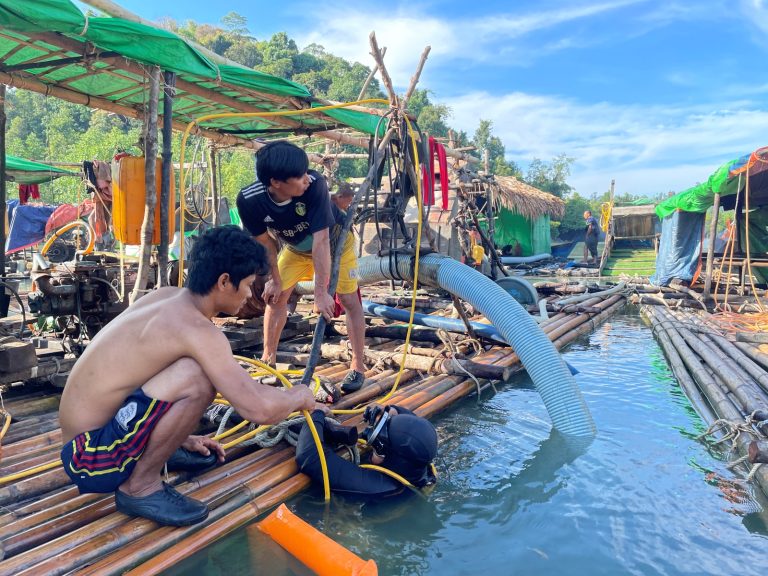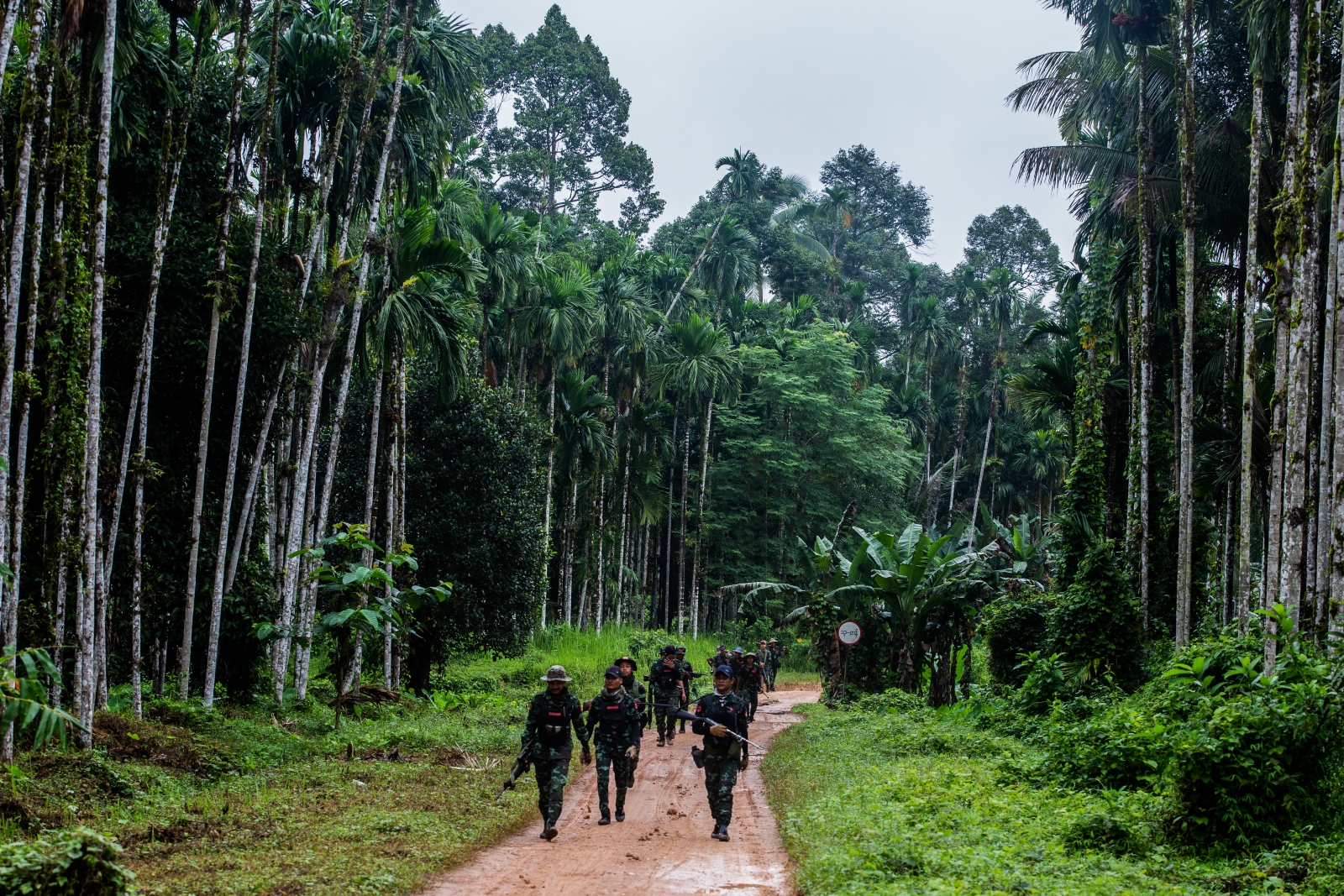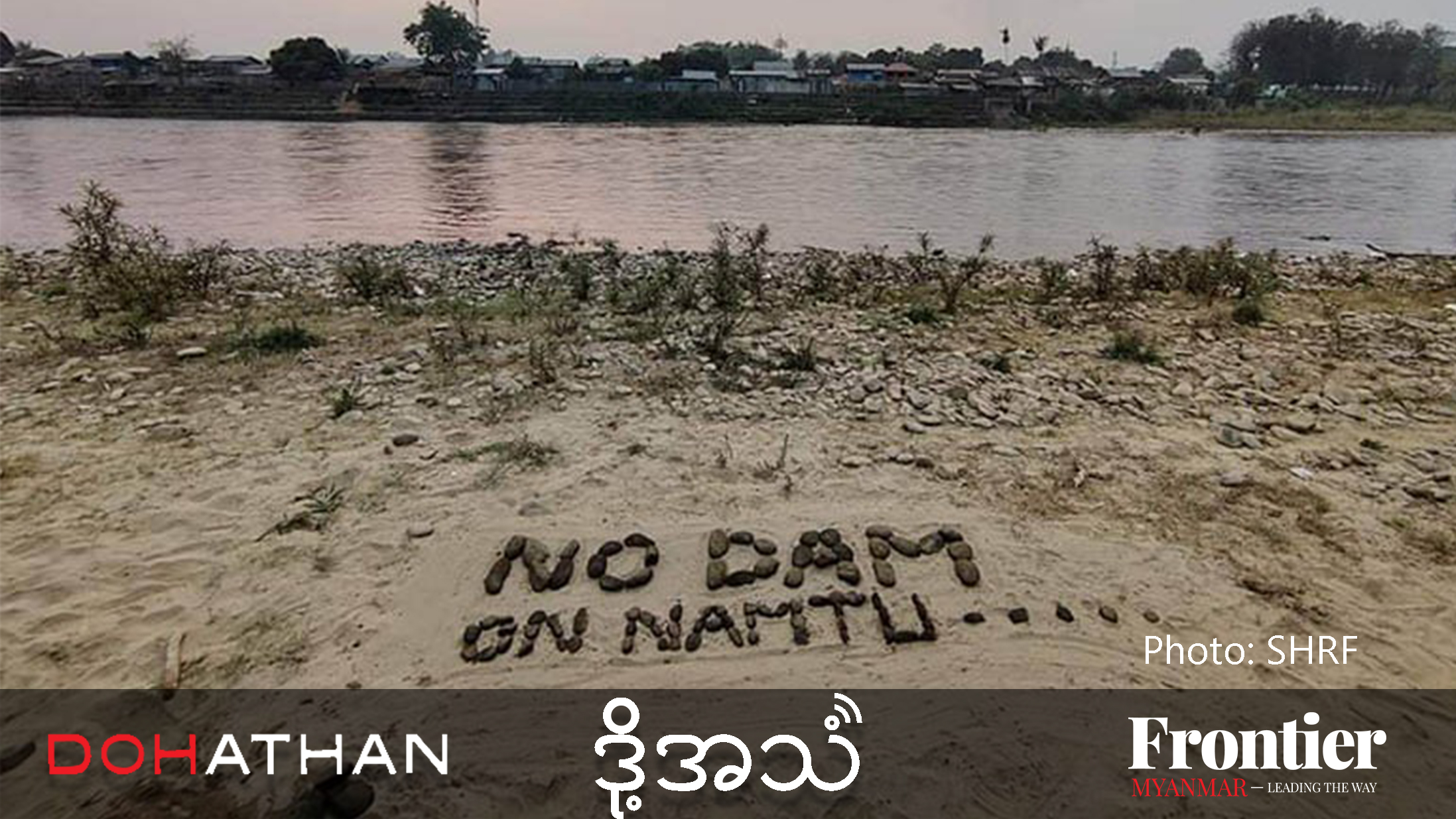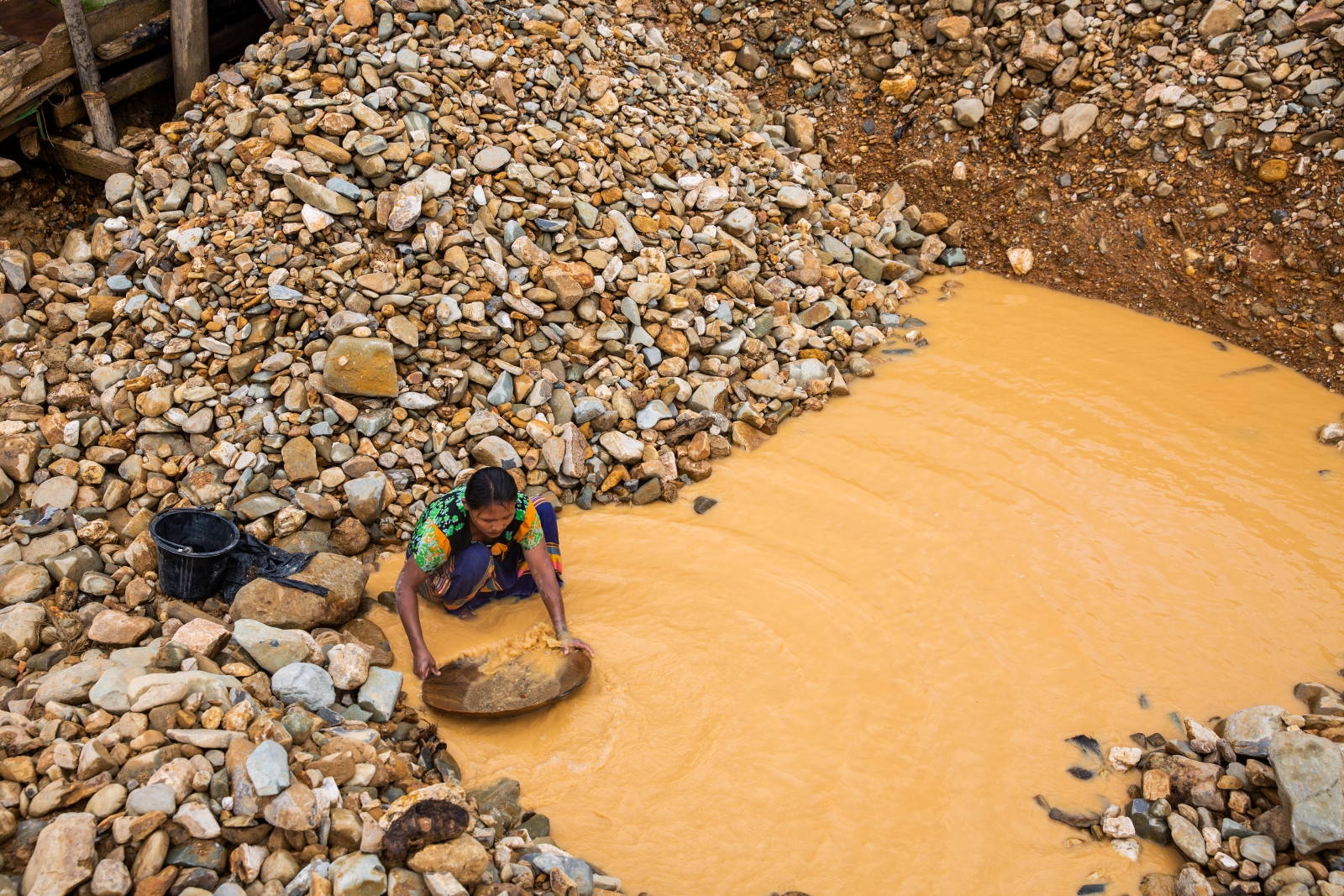Sand: it’s cheap, plentiful and essential for many construction projects. We take it for granted – if we even notice it at all.
IT’S TIME to change the way we think about this finite resource. The mining of sand from Myanmar’s rivers could be creating an environmental crisis with potentially serious consequences for the 34 million people who live in the Ayeyarwady River basin. Myanmar cannot afford to ignore the effects of sand mining any longer.
At the moment it’s a case of out of sight, out of mind. Most sand mining takes place on boats in the middle of the Ayeyarwady River, where it’s seen by relatively few. Operations are generally small. The impacts tend not to be immediately felt, and have also not been particularly well studied.
But as we examine in our story, ‘Ayeyarwady at risk from rampant sand mining,’ there is evidence to suggest that sand mining is having a significant environmental impact, and that this should be cause for concern.
Stopping all sand mining is not a realistic solution. As a developing country still catching up with those around it, Myanmar needs sand for construction and this demand will only grow in the years ahead.
But it can do a lot to mitigate the effects, by ensuring that sand mining takes place in a properly regulated environment, and that the fees paid by mining companies reflect the true cost of extracting sand and other materials from the riverbed. That includes the environmental impact.
Support more independent journalism like this. Sign up to be a Frontier member.
Presently, there appears to be little uniformity in regards to the licensing of sand mining, which happens at the local level through the General Administration Department. The lack of transparency over the issuing of permits has created concerns over potential corruption. Enforcement of mining licence terms and conditions, in particular extraction quotas, appears to be patchy at best.
It’s also unclear whether other environmental regulations are being followed or enforced; the Environmental Impact Assessment Procedure of 2015 requires an initial environmental examination or environmental impact assessment to be conducted for any operation that mines more than 1,000 cubic metres a year. Nearly all of the operations observed by Frontier would likely exceed this quantity, and therefore require an IEE at the least.
These issues reflect a broader problem with the management of waterways in Myanmar. For all the rhetoric about saving the Ayeyarwady, governance is fragmented in such a way that makes it difficult to ensure coherence or coordination. Different states and regions, and different departments and agencies – no one seems to be talking to each other. And the agency that is best placed to manage the waterway, the Directorate of Water Resources and Improvement of River Systems, has little authority relative to the GAD when it comes to issuing sand mining licences.
The need for better river management is all the more urgent in light of the renewed push from China to restart the Myitsone hydropower project and other mega-dams on the country’s major waterways, including the Ayeyarwady.
As our exclusive report, ‘China advising on hydro policy as govt backs away from IFC assessment,’ reveals, a Chinese government agency is now advising the Ministry of Electricity and Energy on hydropower policy, providing further impetus for these proposed projects. However it is regulated in future, sand mining is likely to continue in some form, and electricity planning needs to take this into account.
The reduced sediment flow that results from sand mining already appears to be impairing the health of the Ayeyarwady Delta. If rampant sand mining were to be combined with a large hydropower project, which would further restrict sediment flow, then the effect on downstream areas could be serious.
Now that the GAD has been shifted to the Ministry for the Union Government Office, the National League for Democracy administration has the authority to reform the licensing of sand mining. It is an opportunity that it should seize – both to protect the Ayeyarwady basin for future generations, but also to show that the shift of the GAD to civilian control can lead to important, meaningful reform.







